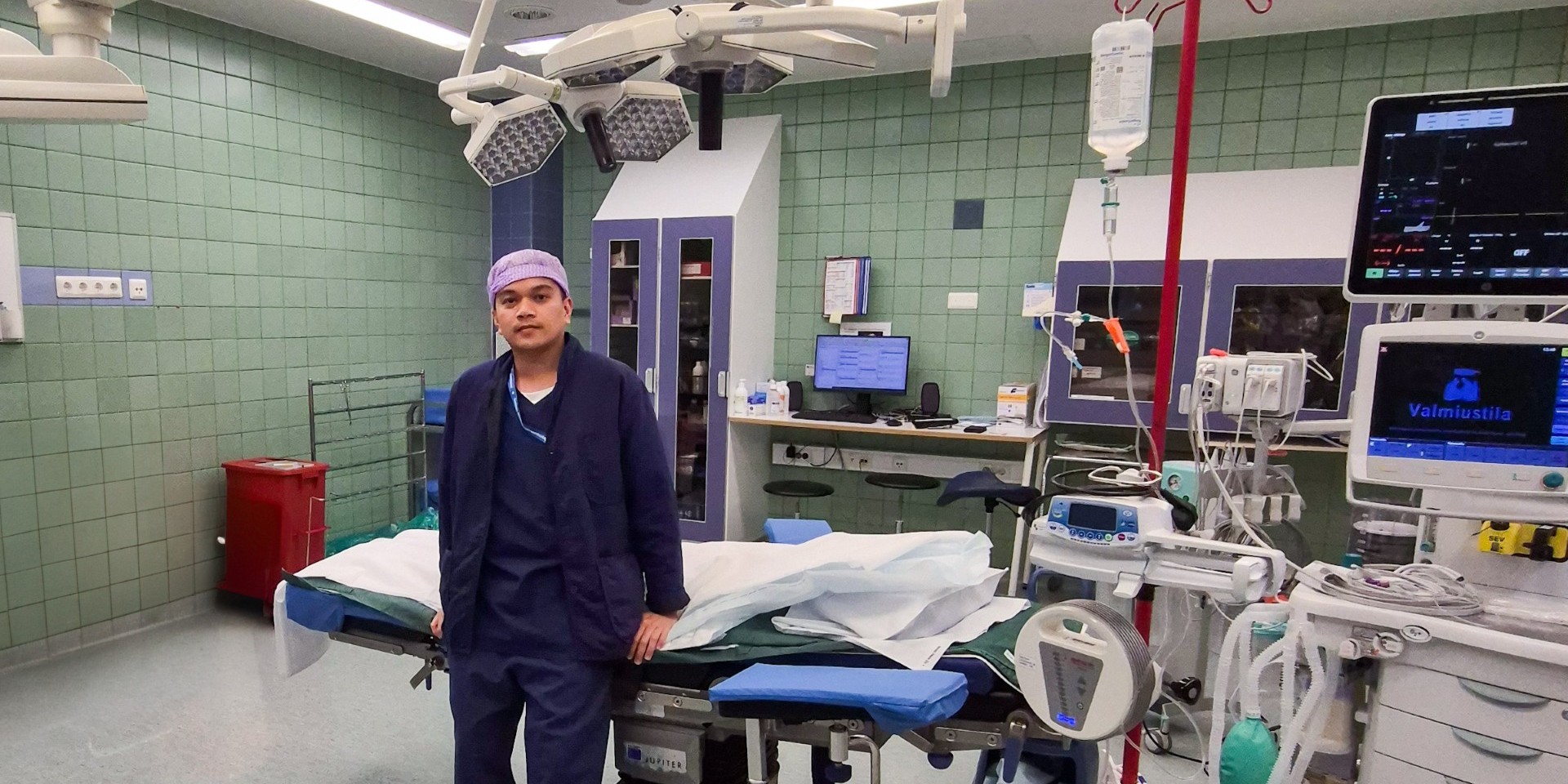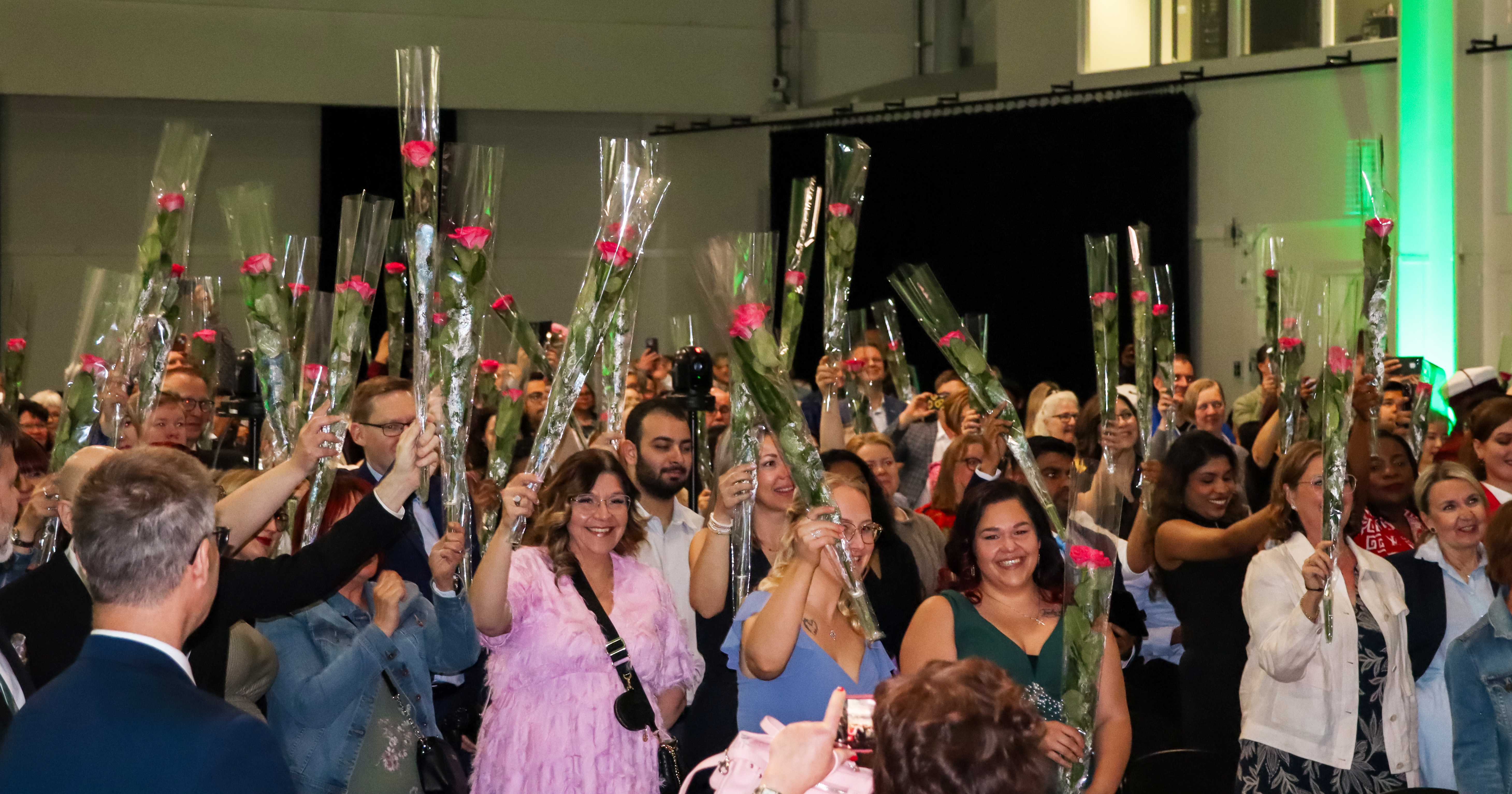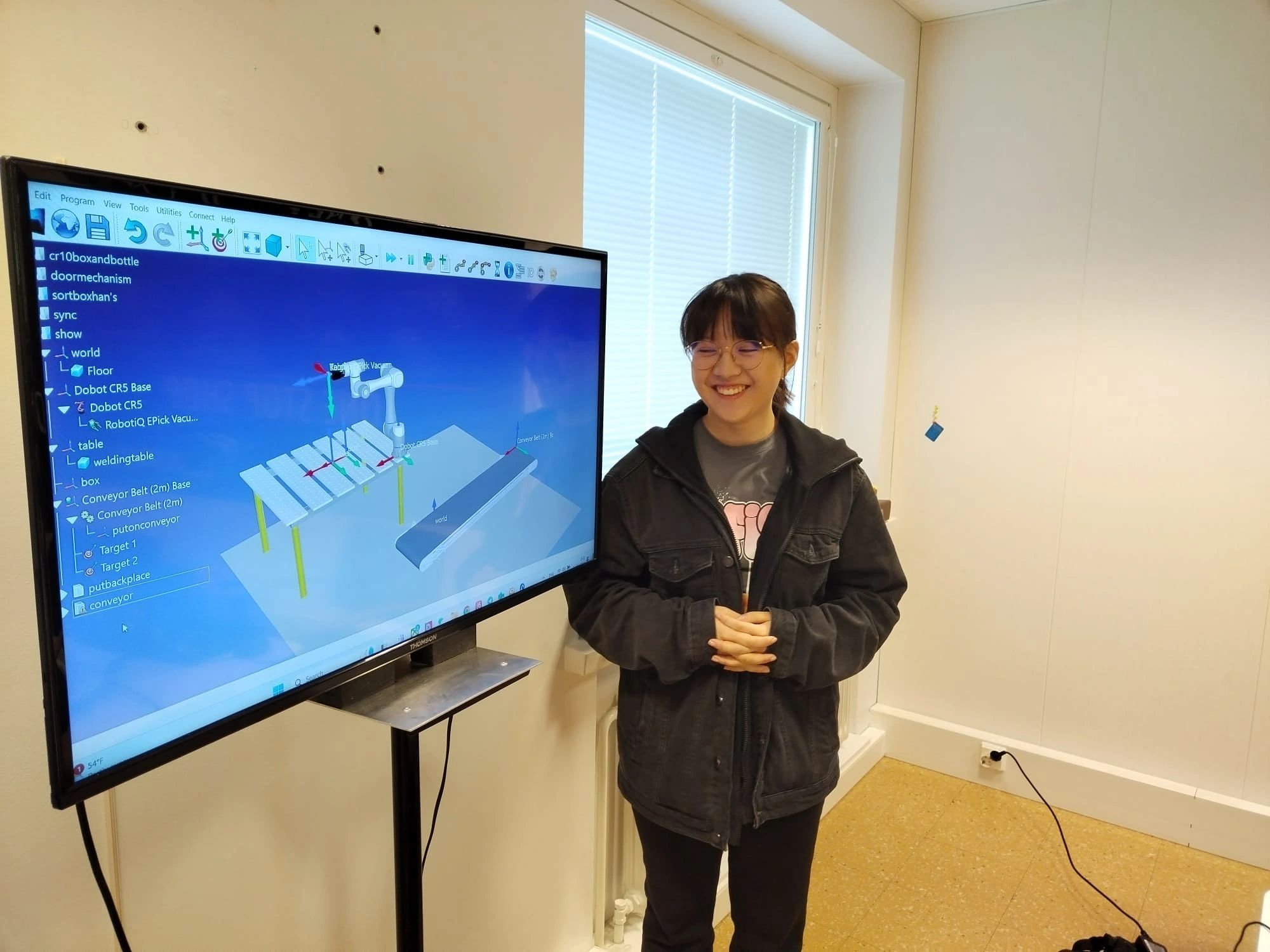The challenges of remote pilotage simulated in Rauma
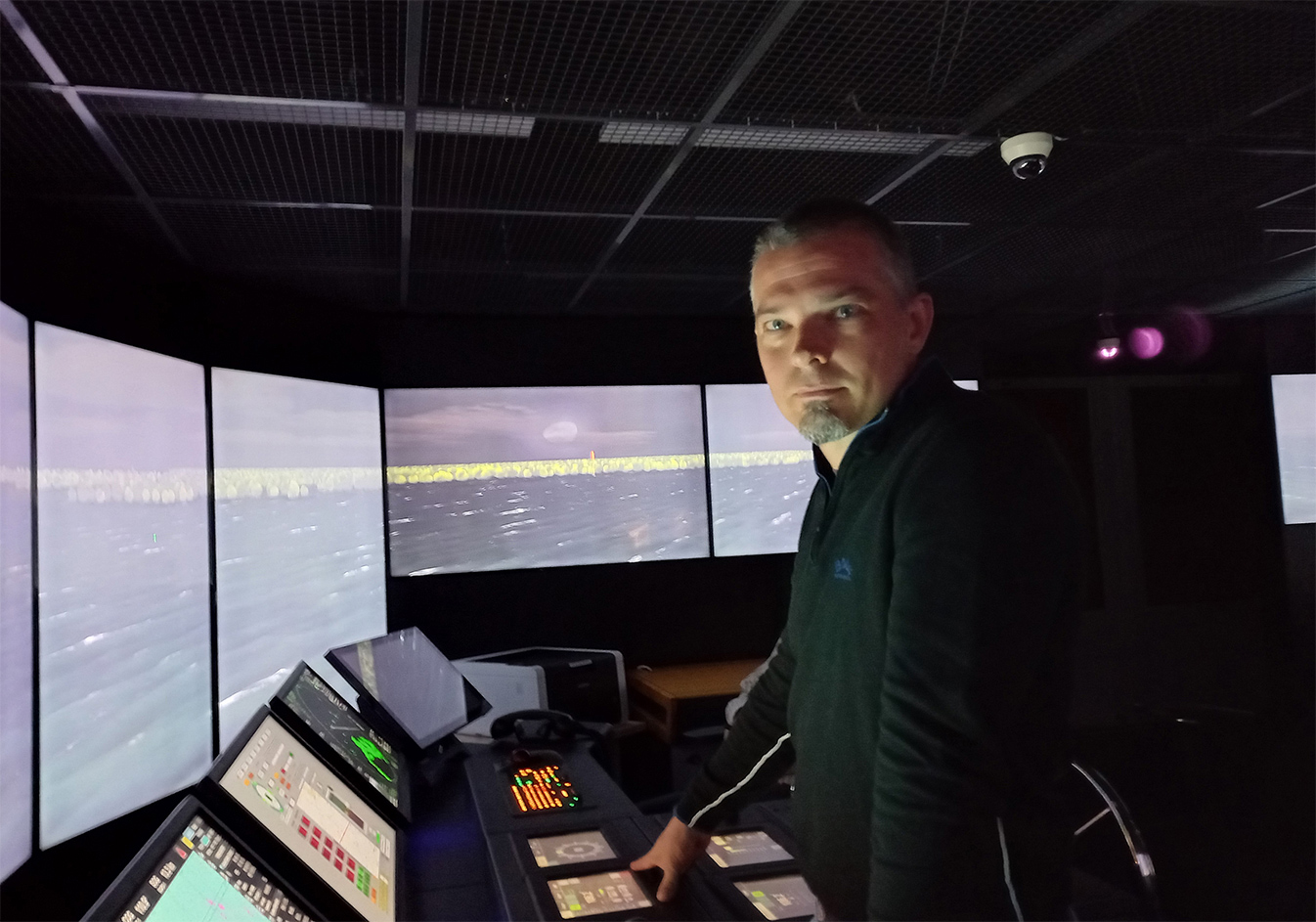
Antti Värre, Master Mariner from Meritaito Oy.
A simulator-based intelligent shipping test environment has been created in the Intelligent Shipping Technology Test Laboratory (ISTLAB) project. Six simulations of how disturbances in weather phenomena and geoinformation impact piloting activities in a remote pilotage situation were successfully carried out. Weather condition data was varied during the simulations, and external interference and disturbances were added to the positioning.
The persons involved in the trials were: Timo Nummi, Ville Mattila and Joakim Kantola, Pilots from Finnpilot Pilotage Oy; Antti Värre, Master Mariner from Meritaito Oy; Laura Tuomi, Head of the group of Marine Research, Operational Oceanography at the Finnish Meteorological Institute, Hannu Koivula, Director of the Department of Geodesy and Geodynamics at the National Land Survey of Finland; and Janne Lahtinen, Heikki Koivisto and Marko Löytökorpi, Master Mariners from Satakunta University of Applied Sciences (SAMK) and WinNova Länsirannikon Koulutus Oy. The ICT specialists from Wärtsilä Voyage Solutions, SAMK and WinNova were responsible for technical execution. Tero Vainio, Head of Technology at Finnpilot, Meri-Maija Marva, Project Manager of the ISTLAB project at SAMK, and Sauli Ahvenjärvi, Technical Specialist and PhD (Tech.) in Ship Automation, were following the trials on site.
Preparation for the intelligent shipping project at SAMK began in 2017, funded initially by the Foundation for Economic Education, subsequently by the Regional Council of Satakunta’s AIKO funding, and for the last three years EU European Regional Development fund, granted by Satakunta Regional Council. The cooperation partners in the project are Satakunta University of Applied Sciences (SAMK), Faculty of Logistics and Maritime Technology, the Marine Research Unit of the Finnish Meteorological Institute, and the Finnish Geospatial Research Institute of the National Land Survey of Finland. The collaboration partners involved are Traficom (Finnish Transport and Communications Agency), the Finnish Transport Infrastructure Agency, Finnpilot Pilotage Oy, Fintraffic Vessel Traffic Services, Ltd, Wärtsilä Finland Oy / Wärtsilä Voyage Solutions, Port of Rauma and WinNova Länsirannikon Koulutus Oy.
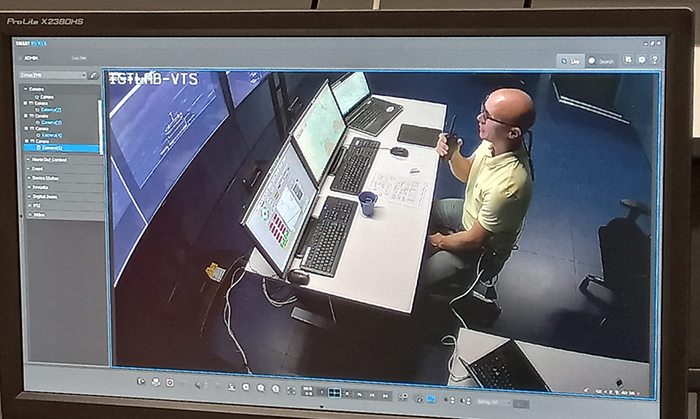 The laboratory is located in the simulator centre owned by Satakunta University of Applied Sciences and WinNova, It is the only intelligent shipping research and development environment of its kind on the planet.
The laboratory is located in the simulator centre owned by Satakunta University of Applied Sciences and WinNova, It is the only intelligent shipping research and development environment of its kind on the planet.
The overall results of the ISTLAB project will be presented on 3rd November 2021 at the Intelligent Shipping Symposium, which is being organised as part of the celebrations commemorating 140 years of maritime education in Rauma.
For further information, please contact:
Janne Lahtinen. Director of Content, ISTLAB project, phone +358 (0)44 710 3805, janne.lahtinen[at]samk.fi
Meri-Maija Marva, Project Manager, phone: +358 (0)44 710 3120, meri-maija.marva[at]samk.fi
istlab.samk.fi
